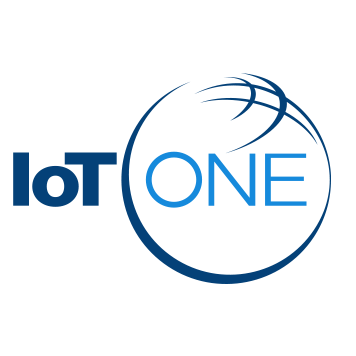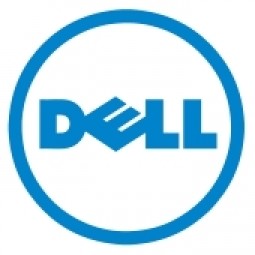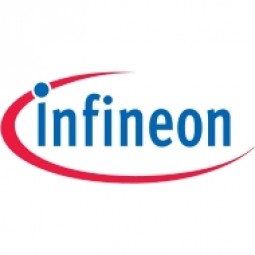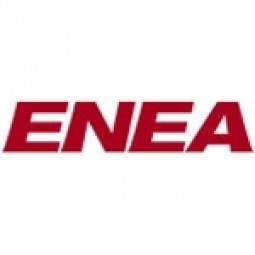Marvell Technology Group
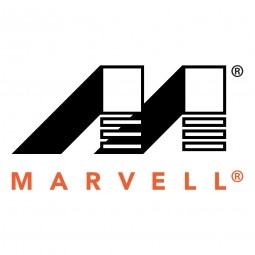
Overview
|
HQ Location
United States
|
Year Founded
1995
|
Company Type
Public
|
Revenue
$1-10b
|
|
Employees
1,001 - 10,000
|
Website
|
Stock Ticker
NASDAQ: MRVL
|
Twitter Handle
|
Company Description
Marvell Technology Group has operations worldwide and more than 7,000 employees. Marvell’s expertises are in microprocessor architecture and digital signal processing, drives multiple platforms including high volume storage solutions, mobile and wireless, networking, consumer and green products.
IoT Solutions
The Internet of Things (IoT) is already changing the way consumers are able to control their surroundings. From thermostats and lighting to remote access and home automation, many are already managing comfort, running diagnostics, and receiving alerts about their homes and businesses from devices that can interact seamlessly with mobile clients, cloud services and other IoT devices.
Marvell’s EZ-Connect platform is helping to rapidly bringing innovative devices to the fast growing market. Built on Marvell’s silicon, coupled with industry standards certifications and leading Kinoma software, it is widely considered the most complete, industry-leading connectivity portfolio, capable of enabling more efficient time-to-market IoT designs with hardware and software solutions. Global customers currently are building, creating and implementing with Marvell’s EZ-Connect platform for several markets including home automation, Wearables, automotive and industrial.
Marvell’s EZ-Connect platform is helping to rapidly bringing innovative devices to the fast growing market. Built on Marvell’s silicon, coupled with industry standards certifications and leading Kinoma software, it is widely considered the most complete, industry-leading connectivity portfolio, capable of enabling more efficient time-to-market IoT designs with hardware and software solutions. Global customers currently are building, creating and implementing with Marvell’s EZ-Connect platform for several markets including home automation, Wearables, automotive and industrial.
Key Customers
Hitachi, Samsung, Toshiba, Xiaomi
IoT Snapshot
Marvell Technology Group is a provider of Industrial IoT infrastructure as a service (iaas), application infrastructure and middleware, cybersecurity and privacy, networks and connectivity, and processors and edge intelligence technologies, and also active in the automotive industries.
Technologies
Use Cases
Industries
Technology Stack
Marvell Technology Group’s Technology Stack maps Marvell Technology Group’s participation in the infrastructure as a service (iaas), application infrastructure and middleware, cybersecurity and privacy, networks and connectivity, and processors and edge intelligence IoT Technology stack.
-
Devices Layer
-
Edge Layer
-
Cloud Layer
-
Application Layer
-
Supporting Technologies
Technological Capability:
None
Minor
Moderate
Strong

Supplier missing?
Start adding your own!
Register with your work email and create a new supplier profile for your business.
Similar Suppliers.
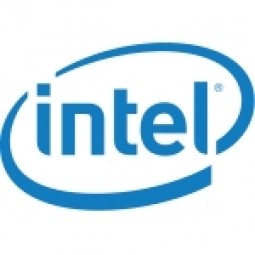
Supplier
Intel
Intel designs, manufactures, and sells integrated digital technology platforms worldwide. The company's platforms are used in various computing applications comprising notebooks, desktops, servers, tablets, smartphones, wireless and wired connectivity products, Wearables, transportation systems, and retail devices. It offers microprocessors that processes system data and controls other devices in the system; chipsets, which send data between the microprocessor and input, display, and storage devices, such as keyboard, mouse, monitor, hard drive or solid-state drive, and optical disc drives; system-on-chip products that integrate its central processing units with other system components onto a single chip; and wired network connectivity products.Featured Subsidiaries/ Business Units:- Intel Inside- Intel Data Center Manager (DCM)- Saffron Technology- Wind River
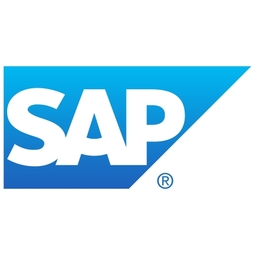
Supplier
SAP
SAP is the leading provider of enterprise resource planning (ERP) software used to integrate back-office functions such as distribution, accounting, human resources, and manufacturing. The backbone of SAP's products has been its On-Premise offerings, spearheaded by its Business Suite, which includes ERP and customer relationship management (CRM) software, among others. Year founded: 1972 Revenue: $17.6 billion (2014) NYSE: SAP
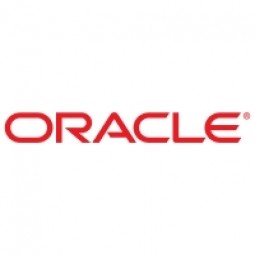
Supplier
Oracle
Oracle is a leader in enterprise software and provides hardware and services to help companies improve their processes. Best known for its focus on databases, it offers aid in areas such as managing business data, collaboration and application development, customer relationship management, and supply chain management. Year founded; 1977 Revenue: $38.2 billion (2015) NYSE: ORCL
Partners.
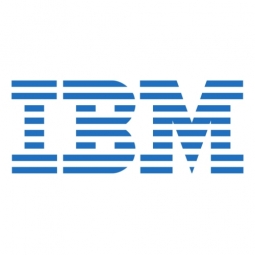
Supplier
IBM
IBM is an American multinational technology and consulting corporation that manufactures and markets computer hardware, middleware, and software, and offers infrastructure, hosting, and consulting services in areas ranging from mainframe computers to nanotechnology. IBM is intent on leading the development of a global data field.
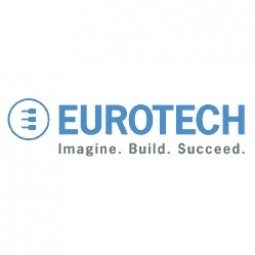
Supplier
Eurotech
Eurotech is a global company focusing on embedded computers and Pervasive Computing, which combines three key factors: the miniaturisation of computers capable of processing information; their spread in the real world - in buildings and machinery, on board vehicles, on persons and in the environment; and their ability to network and communicate. Year founded: 1992 Revenue: $69 million (2014) BIT: ETH
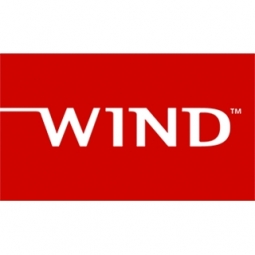
Supplier
Wind River
Wind River Systems provides software operating systems and development tools for embedded systems. A microprocessor and software comprise embedded systems, which are used in more than 1 billion products that include auto braking systems, Internet traffic routers, jet fighter control panels, mobile phones, set-top boxes, traffic signals, and other consumer electronics.
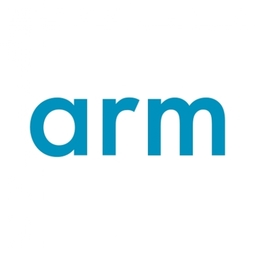
Supplier
Arm
ARM designs scalable, energy efficient-processors and related technologies to deliver intelligence in applications ranging from sensors to servers, including smartphones, tablets, enterprise infrastructure and the Internet of Things. Their technology enables current and future IoT applications and services to become truly ubiquitous and intelligent.


